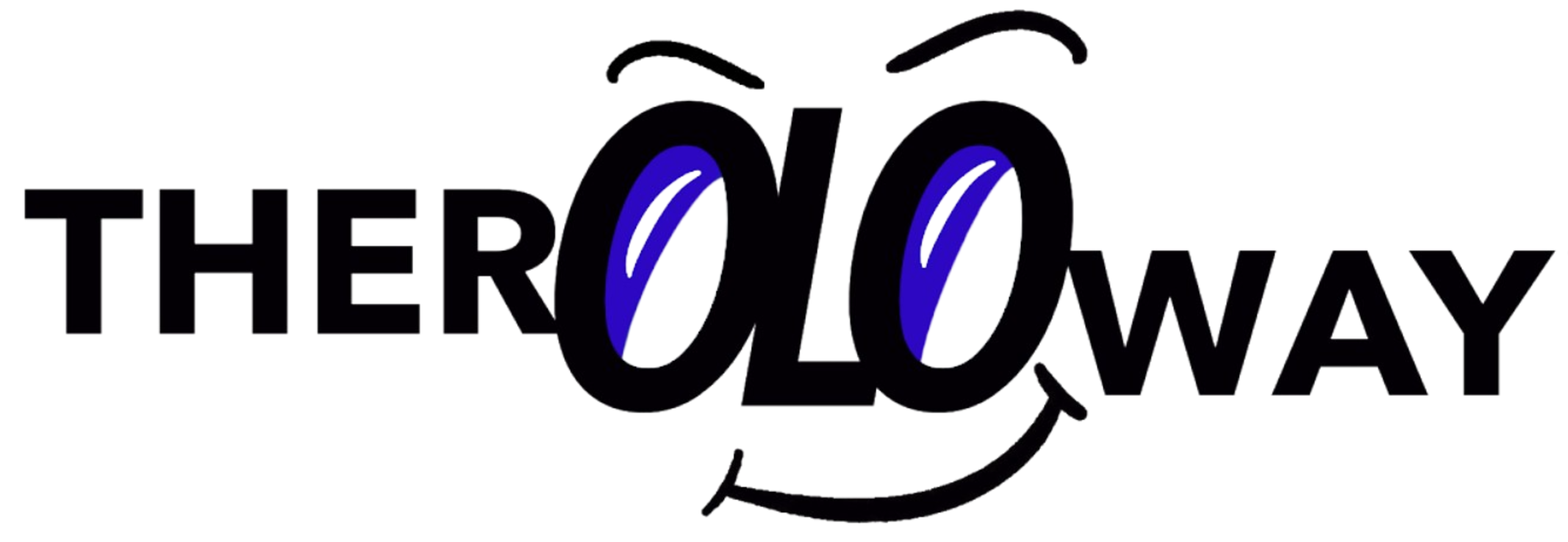The Four Heavenly Kings: Dhṛtarāṣṭra - Protector of the East
Returning to Buddhist cosmology, we'll learn more about Dhṛtarāṣṭra. He is one of the Four Heavenly Kings or Caturmahārāja, who serve as divine protectors of the world and the Dharma (the teachings of Buddhism). Each of these kings rules over a cardinal direction, with Dhṛtarāṣṭra as the guardian of the East. His name, "Dhṛtarāṣṭra," translates roughly to "He Who Upholds the Kingdom," illustrating his duty to safeguard his assigned region and ethical order and harmony within it.
Don’t get caught up trying to pronounce these names; what really matters are the principles they represent.
We've explored the role that Vaisravana plays in Bhuddist comology and how he's depicted in other faiths. Now, let's talk about Dhṛtarāṣṭra the artist king who resides in the Eastern part of Mount Meru.
A Patron of Music
Dhṛtarāṣṭra’s association with the eastern direction represents the rising sun, meaning hope, new beginnings, and vigilance. As such, he stands watch over the Eastern regions, warding off potential dangers and maintaining peace. His guardianship extends to the non-human beings within his domain, especially the Gandharvas - divine musicians, singers, dancers. and the demonic Pisacas who are mystical and malevolent.
Dhṛtarāṣṭra very is closely associated with music and harmony, a rather unique aspect among the Four Kings. In Buddhist texts, he is often depicted holding a musical instrument, such as a lute, which he uses to inspire harmony and spiritual alignment. Music in this context represents a medium to maintain balance, creating an environment that supports the practice of Dharma.
A Guardian Warrior
In Buddhist art, Dhṛtarāṣṭra is usually depicted in warrior attire, symbolizing his role as a protector. His imagery often includes a sword or staff, signifying his readiness to defend against disdainful forces. In some East Asian representations, particularly in Japan, he appears holding a bow or a stringed instrument, linking him to combat and artistic expression. His stern demeanor emphasizes his vigilance, reinforcing his status as a powerful deity committed to upholding cosmic law.
Symbolism
Dhṛtarāṣṭra, like the other Heavenly Kings, plays a symbolic role in Buddhist rituals, especially those focusing on protection and blessings. In many temples, statues of Dhṛtarāṣṭra and his fellow kings stand guard at entrances, a visual representation of their protection over the sacred space. Devotees may also invoke him to seek protection against obstacles in their spiritual journey, aiming to cultivate the mental clarity and moral discipline needed to pursue the Dharma.
Why He Matters
Although all the Four Heavenly Kings appear in key Mahayana texts like the Lotus Sutra, Dhṛtarāṣṭra’s character isn’t as elaborately developed as those of other Buddhist deities. His roles and attributes are often briefly described, focusing on his guardianship and musical association. However, regional interpretations—such as those in Tibetan and East Asian Buddhism—tend to expand on his role and significance.
In East Asian Buddhism, particularly in Japan, Dhṛtarāṣṭra (known as Jikokuten) is venerated in temples and occasionally honored with music and offerings as a nod to his role as a patron of harmony. In Tibetan Buddhism, his role is more focused on protection, particularly against inner and outer disturbances that impede Dharma practice.
Dhṛtarāṣṭra occupies a unique place in Buddhist cosmology as a warrior with keen ears for music. His role plays into the idea that harmony and discipline are essential to spiritual progress. Although not as richly detailed as Vaisravana in Buddhist cosmology, Dhṛtarāṣṭra’s presence is a powerful reminder of the importance of vigilance and harmomy in the pursuit of enlightenment. As Buddhism spread across Asia, his image evolved but continued to symbolize strength, protection, and the safeguarding of Dharma, making this heavenly king an enduring figure.Like his fellow Heavenly Kings, Dhṛtarāṣṭra holds a prominent role in Buddhist rituals, especially those for protection and blessings. In many temples, statues of Dhṛtarāṣṭra and the other kings guard entrances, symbolizing the protection they provide over these sacred spaces.
Devotees may also invoke his protection against spiritual obstacles, seeking clarity and discipline to pursue the Dharma.
Though the Four Heavenly Kings appear in key Mahayana texts like the Lotus Sutra, Dhṛtarāṣṭra's character is often less detailed compared to others. His portrayal generally emphasizes guardianship and musical affinity, yet regional practices—especially in Tibetan and East Asian Buddhism—expand on his significance.
And as Jikokuten, Dhṛtarāṣṭra is honored in temples and occasionally with musical offerings, recognizing his role as a patron of harmony. Tibetan interpretations of Dhṛtarāṣṭra, on the other hand, emphasize his protective nature, particularly in guarding against disturbances to Dharma practice.
